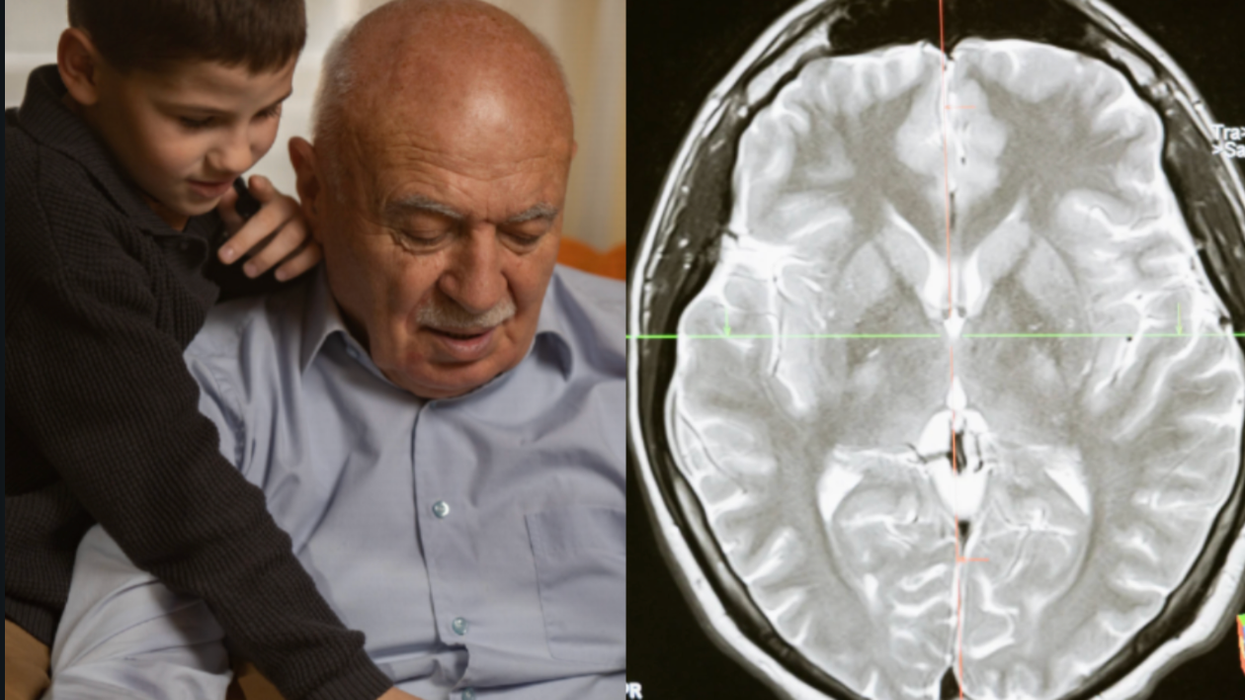It’s a common schoolyard rule that gets passed down from generation to generation. If a piece of food hits the floor, you have five seconds to snatch it before it becomes infected with germs and consequently inedible. But how much truth is there to this unofficial food rule?
According to Rutgers University scientists, it’s complicated. Wanting to demystify the five-second rule with scientific evidence, food scientist Donald Schaffner and grad student Robyn Miranda decided to test four different foods (watermelon, bread, bread and butter, and gummy candy) on four different surfaces (stainless steel, ceramic tile, wood, and carpet). After infecting the surfaces with a nonpathogenic strain of salmonella, they dropped food samples for various lengths of time ranging from less than a second to 300 seconds (and five seconds, naturally).
By the end of their tests, Schaffner and Miranda found that the likelihood of contamination depends entirely on these three variables—the moisture level of the food, the type of surface it falls on, and the length of time it stays there. Based on the findings they published in Applied and Environmental Microbiology, there are a few things we can learn about the consequences of eating food off the floor. Surprisingly, they found that contaminants had the most difficulty transferring off of carpet while tile and stainless steel surfaces transferred bacteria the easiest. Watermelon, being mostly water after all, attracted the most bacteria while gummy candies gathered the least.
But don’t go eating gummy worms off your carpeted floors just yet. “The five-second rule is a significant oversimplification of what actually happens when bacteria transfer from a surface to food,“ Schaffner said in an interview with Rutgers Today, “Bacteria can contaminate instantaneously.” And, naturally, the longer a piece of food sits on a contaminated surface, the more bacteria-ridden it becomes.
So maybe instead of a catch-all five-second rule, what we really need is a rule to avoid eating food off the floor altogether, especially if it’s moist and the surface is sleek. That may not be as tidy a phrase, but it could certainly lead to fewer sick days caused by foodborne illnesses. By all accounts, that has to be more gratifying than a dusty cookie.






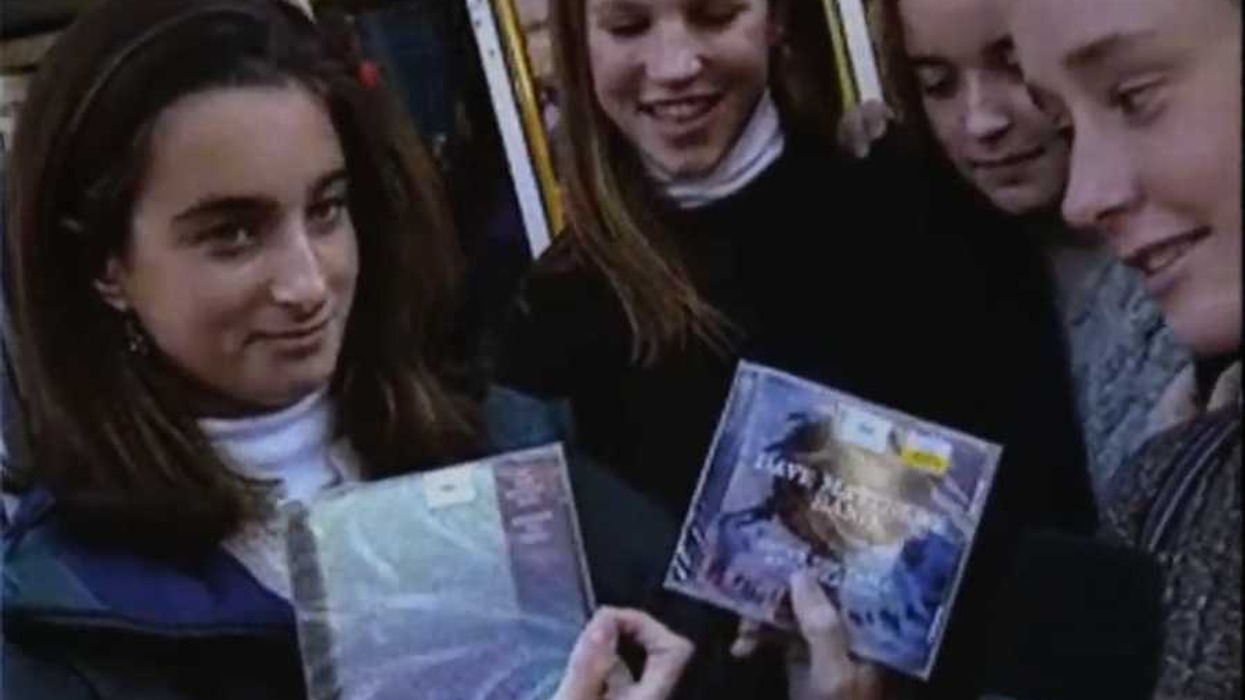
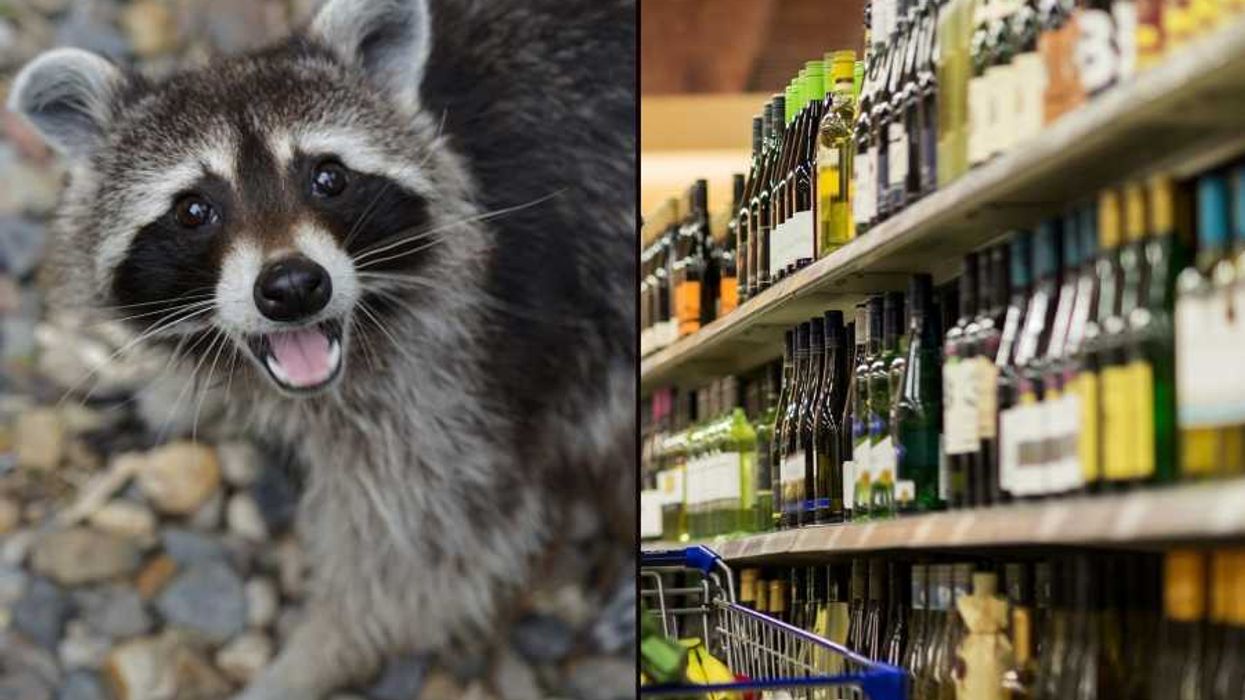






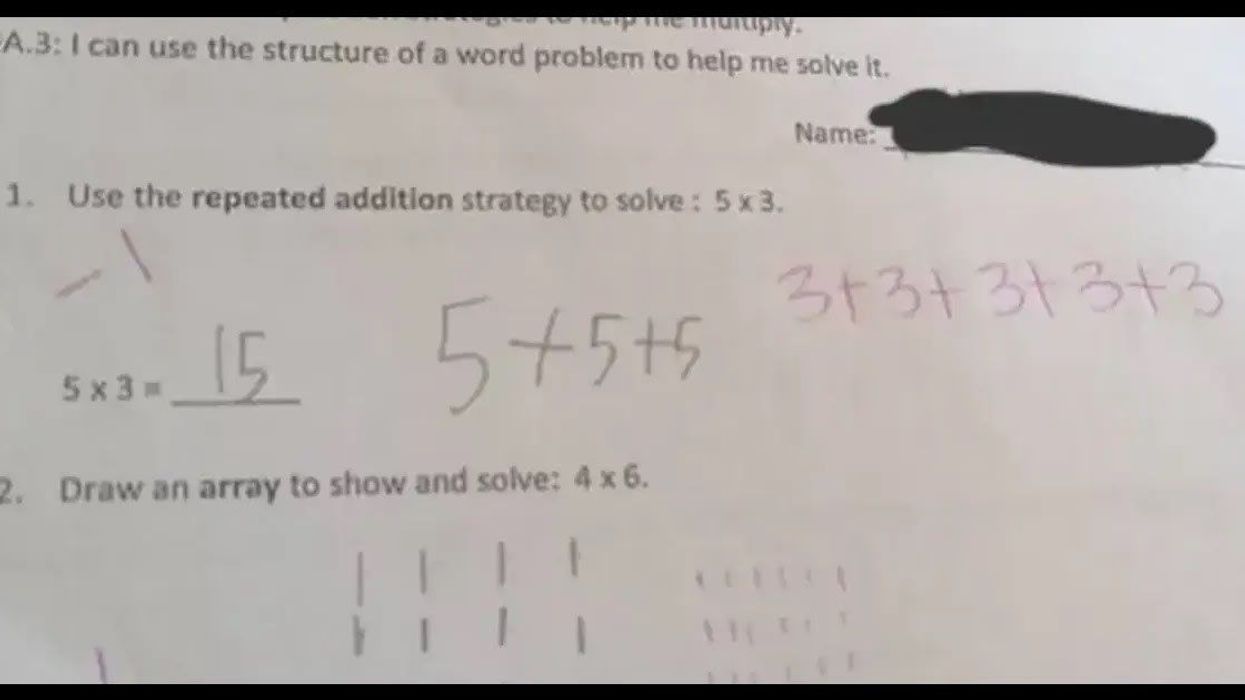


 Ladder leads out of darkness.Photo credit
Ladder leads out of darkness.Photo credit  Woman's reflection in shadow.Photo credit
Woman's reflection in shadow.Photo credit  Young woman frazzled.Photo credit
Young woman frazzled.Photo credit 
 A woman looks out on the waterCanva
A woman looks out on the waterCanva A couple sits in uncomfortable silenceCanva
A couple sits in uncomfortable silenceCanva Gif of woman saying "I won't be bound to any man." via
Gif of woman saying "I won't be bound to any man." via  Woman working late at nightCanva
Woman working late at nightCanva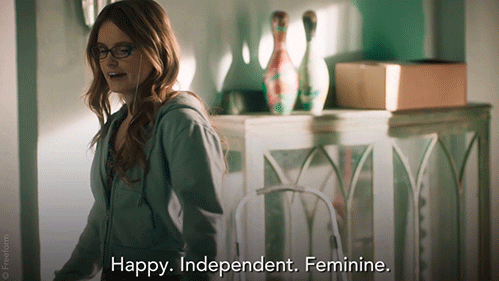 Gif of woman saying "Happy. Independent. Feminine." via
Gif of woman saying "Happy. Independent. Feminine." via 
 Yonaguni Monument, as seen from the south of the formation.
Yonaguni Monument, as seen from the south of the formation. 